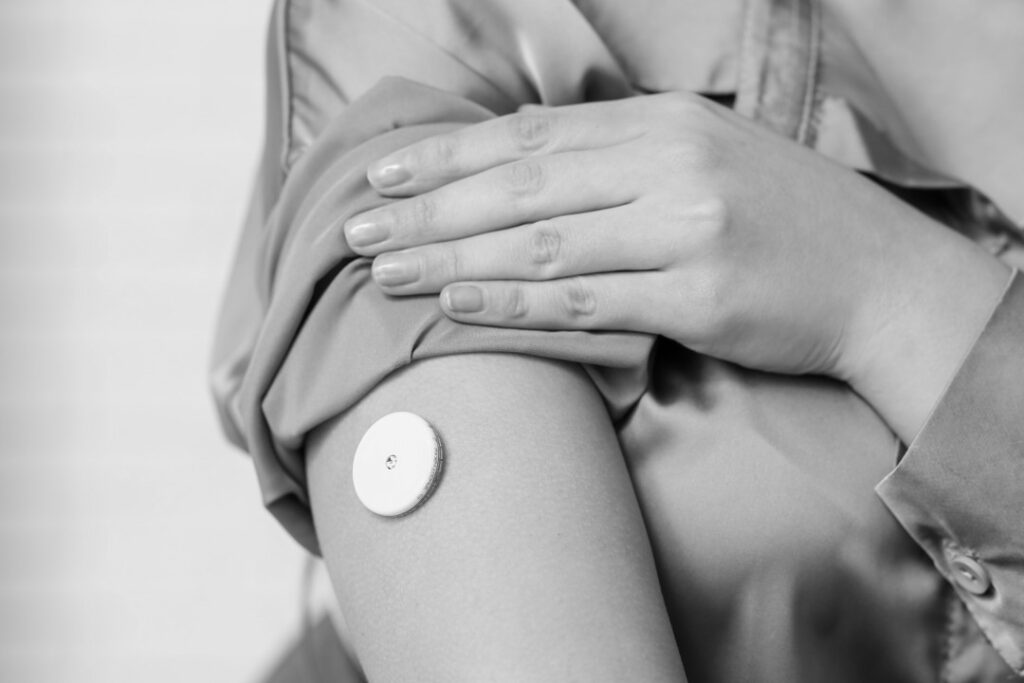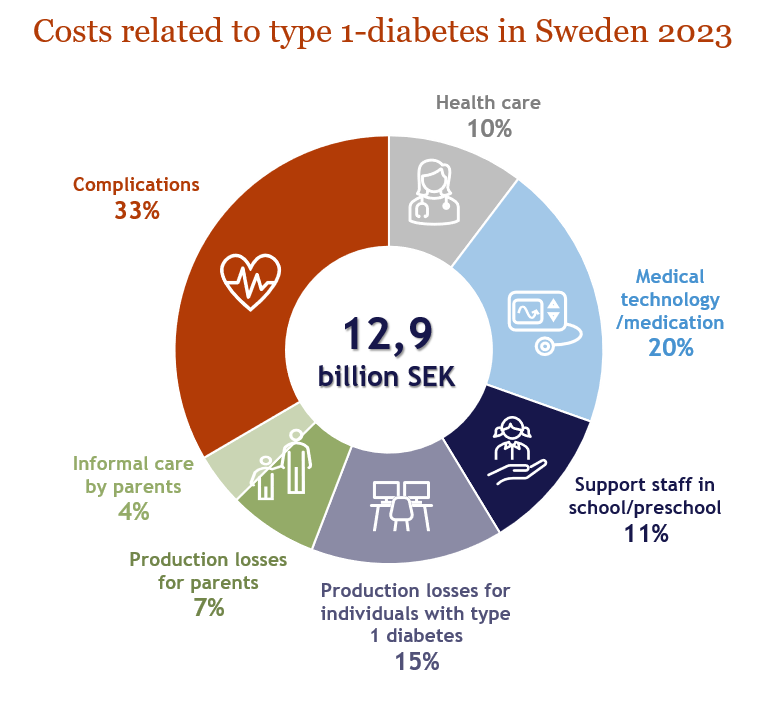Health Economic Aspects of Screening for Type 1 Diabetes
Screening programs play a crucial role in identifying diseases before symptoms appear, offering the potential to improve health outcomes, reduce complications, and optimize the use of healthcare resources. Recent research advances have opened up new possibilities to screen for type 1 diabetes (T1D) and potentially delay disease onset among those at risk. However, before any program can be implemented, one key question must be answered: Is it cost-effective?

The Economic Burden of Type 1 Diabetes
Type 1 diabetes (T1D) is a lifelong chronic autoimmune disease that often begins in childhood. It requires ongoing, every day, self-care, such as blood sugar monitoring and insulin administration. The disease can cause both short-term complications like diabetic ketoacidosis and hypoglycemia, and long-term complications such as cardiovascular disease, kidney diseases, and eye diseases. Recent studies also link T1D to higher risks of dementia, depression, and cancer.
T1D leads to significant societal economic costs that are spread across different sectors of society. In a recently published IHE report (IHE Report 2025-15), the total cost of T1D in Sweden was estimated to nearly 13 billion SEK in 2023, with a large portion (33%) of the costs driven by diabetes related complications.

Potential screening for T1D
The substantial economic burden associated with T1D underscores the importance of effective treatment strategies, preventive measures for complications, and supportive societal interventions to reduce the future economic burden. In recent years, research advances have greatly improved the understanding of the mechanisms behind the onset of T1D. It is now possible to identify children at high risk of developing the disease years before symptoms appear, using a combination of genetic markers and islet autoantibodies.
Early detection of T1D, before the onset of clinical symptoms, can reduce the risk of diabetic ketoacidosis, a serious and potentially life-threatening condition that can occur at the onset of T1D. Children that are identified to be at high risk of T1D and receive information about the early symptoms and treatment of the decease, may also have a reduced need of hospitalization during the initial period after diagnosis. Moreover, new treatments aimed at delaying the onset of T1D are currently under development. Each year that diagnosis is delayed may postpone both the need for insulin therapy and the development of T1D-related complications, resulting in potential cost savings and improvements in patients’ quality of life.
Cost-Effectiveness of Screening
Before implementing a screening program, the cost-effectiveness and economic consequences must be evaluated. This is clearly stated in the Swedish National Board of Health and Welfare’s model for assessing, implementing, and monitoring national screening programs. Health economic evaluations of screening follow the same principles as the evaluation of other interventions in healthcare. The aim is to evaluate if the health benefits of a screening program justify its costs.
Health economic evaluation of T1D screening is important to explore whether the upfront investment in testing large numbers of children to identify those at with an increased risk of disease can be justified by the health gains of reducing the risk of diabetic ketoacidosis at diagnosis and avoiding or delaying complications over time. Health economic simulation models are essential for conducting this type of analysis as they provide a structured and transparent framework to assess the long-term value of the screening program. Since T1D is a lifelong disease, that is often diagnosed early in live, the costs and benefits of early detection play out over decades, and models are used to capture the full effect of the screening program.
Economic Evaluation of Screening at IHE
In collaboration with partners from academia and the industry, IHE is currently developing a health economic decision model to assess the cost-effectiveness of different strategies for screening of T1D. IHE’s Diabetes Cohort Model for Type 1 Diabetes (IHE-DCM-T1) is used to simulate the long-term development of diabetes complications and their impact on costs, health-related quality of life, and mortality. IHE-DCM-T1 is based on a comprehensive set of Swedish risk equations estimated using data from the Swedish National Diabetes Register (NDR). In early November, the development of the health economic decision model for T1D screening will be presented at the ISPAD 2025 conference in Montréal, Canada.
Health economic evaluation of screening across various disease areas has long been an important field of research at IHE. Over the years, IHE has evaluated screening programs for several types of cancer as well as for other conditions, such as newborn screening for rare diseases and cardiovascular disorders. The work combines robust modelling techniques with the best available data to estimate long-term costs and health outcomes associated with the screening program being evaluated.
Please use the search function to see IHE work in the area of screening or diabetes.
Publications, reports, news and insights – IHE
Authors



